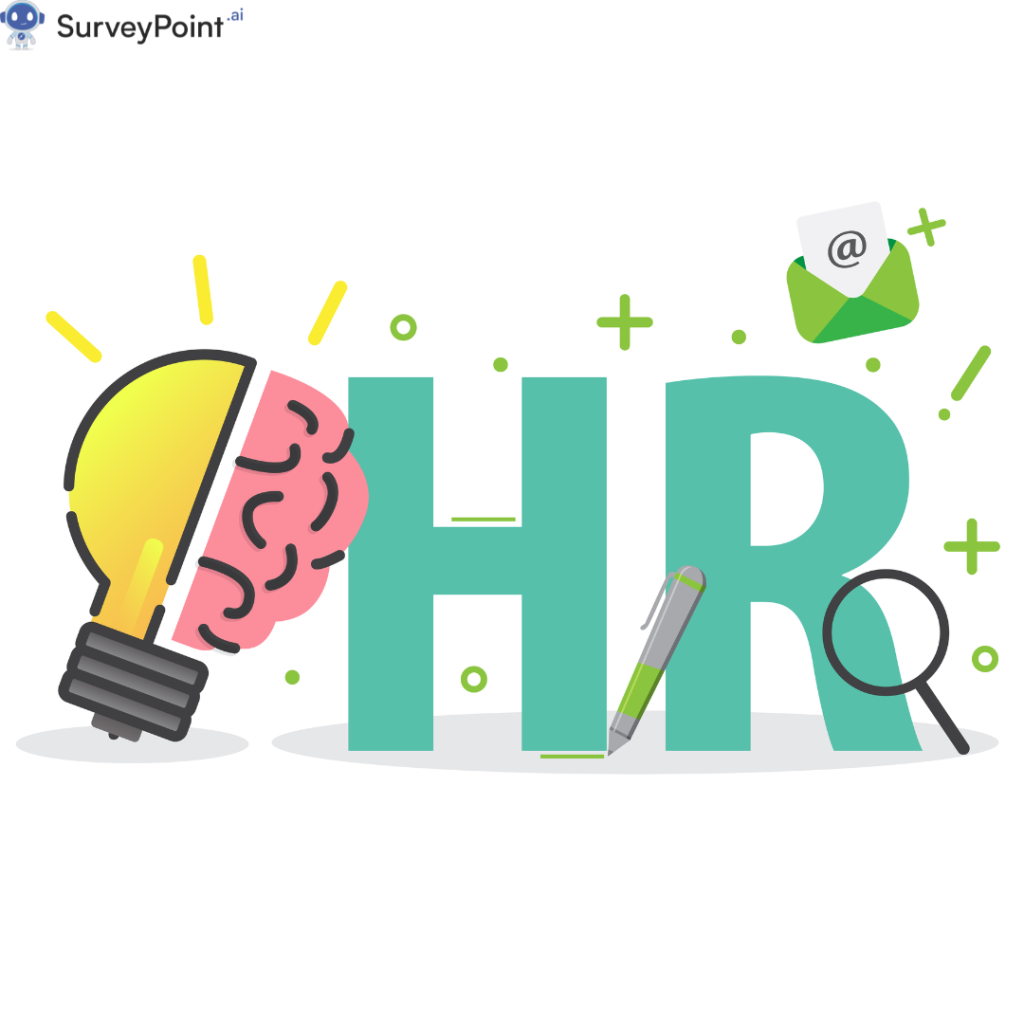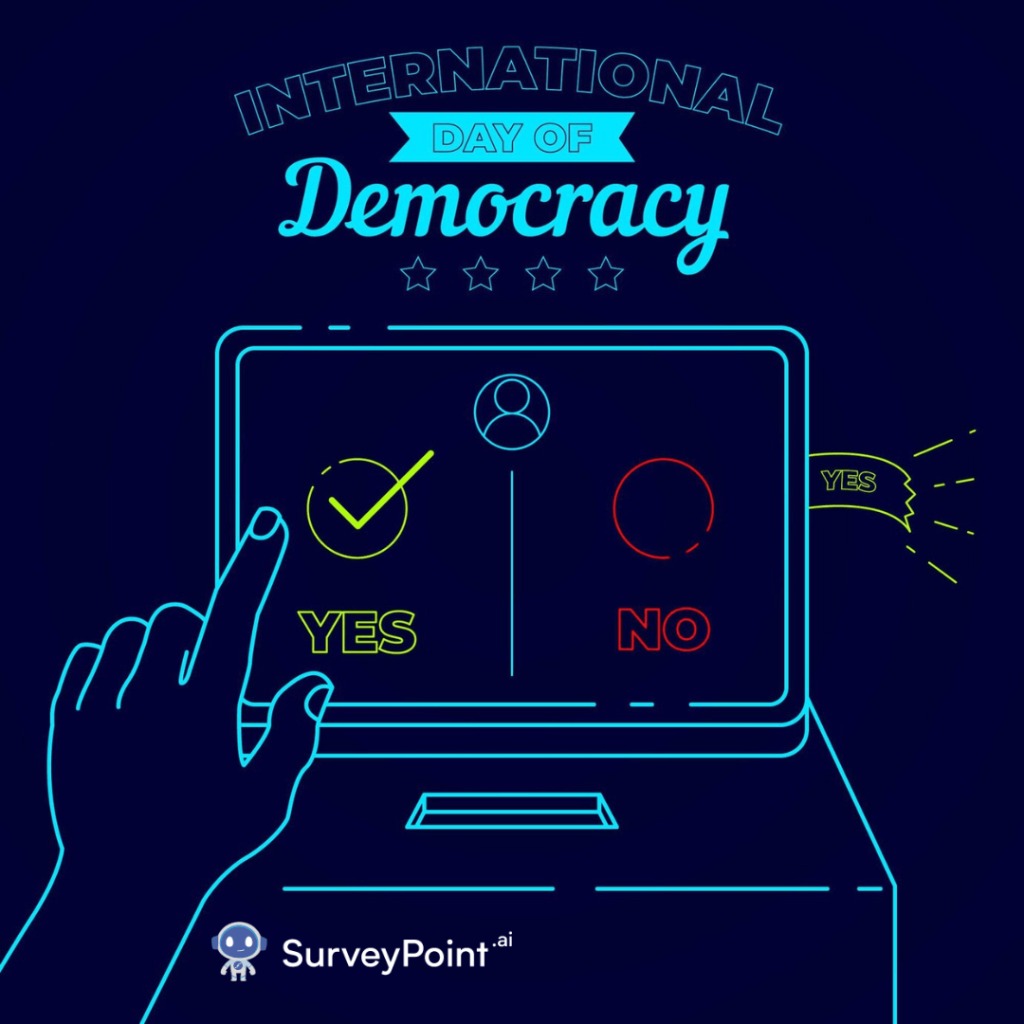
Human Resources (HR) is a critical department within any organization, responsible for managing the most valuable asset of a company—its people. The roles of HR extend beyond just hiring and firing; it encompasses a wide range of functions that contribute to the overall growth and success of an organization. In this blog post, we’ll explore the key roles of HR and dive into the various stages of the recruitment process, shedding light on how HR professionals ensure that the right talent is brought into the organization.
The Multifaceted Roles of HR
1. Talent Acquisition
One of the primary roles of HR is talent acquisition, which involves identifying, attracting, and hiring the best talent to meet the organization’s needs. HR professionals work closely with hiring managers to define job roles, create job descriptions, and determine the qualifications required for each position. They utilize various channels such as job boards, social media, and recruitment agencies to find suitable candidates.
2. Employee Onboarding
Once the right candidate is hired, HR is responsible for the onboarding process. This includes introducing the new employee to the company’s culture, policies, and procedures. Effective onboarding helps new hires integrate into the team, understand their roles and responsibilities, and become productive members of the organization more quickly.
3. Training and Development
HR plays a crucial role in the continuous development of employees. This includes organizing training programs, workshops, and seminars to enhance employees’ skills and knowledge. By investing in employee development, HR helps ensure that the workforce remains competitive and capable of meeting the organization’s goals.
4. Performance Management
HR is responsible for implementing performance management systems that evaluate employee performance regularly. This includes setting performance standards, conducting appraisals, and providing feedback. Effective performance management helps in identifying high performers, addressing underperformance, and aligning individual goals with the company’s objectives.
5. Employee Relations
Maintaining a positive work environment is another key role of HR. HR professionals handle employee relations by addressing grievances, mediating conflicts, and ensuring compliance with labor laws. They also work to promote a culture of respect, inclusion, and diversity within the organization.
6. Compensation and Benefits
HR is tasked with designing and managing the compensation and benefits programs. This includes determining salary structures, administering benefits such as health insurance and retirement plans, and ensuring that the company’s compensation packages are competitive in the market.
7. Compliance and Legal Responsibilities
HR ensures that the organization complies with all relevant labor laws and regulations. This includes maintaining employee records, handling workplace safety issues, and ensuring that the company adheres to equal employment opportunity laws. HR professionals also play a role in safeguarding the company from legal risks related to employment practices.
8. Succession Planning
HR is involved in succession planning, which is the process of identifying and developing internal employees to fill key leadership roles in the future. Succession planning helps ensure continuity and minimizes disruptions when there are changes in leadership.
The Stages of Recruitment: A Comprehensive Overview
Recruitment is a critical HR function that involves a series of stages to ensure that the right candidate is selected for the right job. Here’s a breakdown of the typical stages involved in the recruitment process:
1. Workforce Planning
The recruitment process begins with workforce planning, where HR collaborates with department heads to assess the organization’s staffing needs. This involves analyzing current workforce capabilities, forecasting future needs, and identifying gaps that need to be filled through recruitment.
2. Job Analysis and Job Description
Once the need for a new hire is identified, HR conducts a job analysis to determine the specific duties, responsibilities, and qualifications required for the role. Based on this analysis, a detailed job description is created, outlining the essential functions of the job, the skills required, and the reporting structure.
3. Sourcing and Attracting Candidates
In this stage, HR uses various methods to attract potential candidates. This includes posting job advertisements on job boards, company websites, and social media platforms. HR may also use recruitment agencies, employee referrals, and networking to source candidates. The goal is to reach a diverse pool of applicants who meet the job requirements.
4. Screening and Shortlisting
Once applications are received, HR begins the screening process to filter out candidates who do not meet the minimum qualifications. This may involve reviewing resumes, conducting initial phone interviews, and assessing candidates against the job criteria. Shortlisted candidates are then invited for further evaluation.
5. Interviewing
The interview stage is a critical part of the recruitment process. It typically involves multiple rounds of interviews, including one-on-one interviews, panel interviews, and sometimes technical assessments or case studies. The purpose of the interview is to assess the candidate’s skills, experience, and cultural fit with the organization.
6. Assessment and Testing
In addition to interviews, HR may use various assessment tools to evaluate candidates. These can include psychometric tests, aptitude tests, or technical skill assessments. These tools provide additional insights into a candidate’s abilities and suitability for the role.
7. Reference and Background Checks
Before making a final offer, HR conducts reference and background checks to verify the candidate’s employment history, qualifications, and any other relevant information. This stage is crucial for ensuring that the candidate has the integrity and background necessary for the position.
8. Job Offer and Negotiation
Once the ideal candidate is identified, HR extends a job offer, which includes details about the salary, benefits, and other terms of employment. There may be a negotiation phase where the candidate and HR discuss and finalize the terms of the offer.
9. Onboarding and Induction
The final stage of the recruitment process is onboarding. HR ensures that the new hire completes all necessary paperwork, understands the company policies, and is introduced to their team and workspace. A well-structured onboarding program helps the new employee settle in and start contributing effectively to the organization.
Conclusion
The roles of HR are diverse and vital to the success of any organization. From talent acquisition and employee development to managing employee relations and ensuring legal compliance, HR professionals are at the heart of building and maintaining a productive workforce. The recruitment process, a key HR function, involves multiple stages designed to identify and hire the best talent for the organization.
In a rapidly changing business environment, the role of HR continues to evolve. By staying proactive, embracing new technologies, and focusing on employee well-being, HR can drive organizational success and create a positive work environment that attracts and retains top talent. For more information checkout- surveypoint.ai




